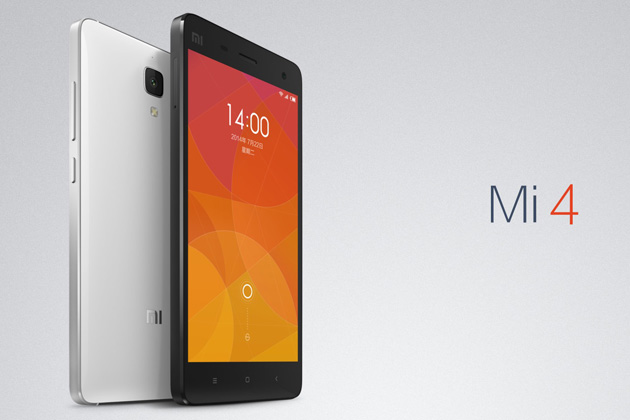Selfie phones are slowly becoming not just the mainstream thing, but actually the reigning trend. Selfies ruled 2014 and it looks like the trend is going to continue inn 2015. Smartphone makers have now upgraded the once considered inconsequential front cam. Cashing in on this trend and aspiring to bring in something new, HTC has come out with the HTC Desire Eye – the aspirational phone for the selfie-obsessed. HTC has definitely not followed the herd in endowing the HTC Desire Eye with twin 13-megapixel cams. Let me say that again, albeit differently – The HTC Desire Eye has not just a 13-megapixel rear cam but also, a 13-megapixel front cam! Yatzee!
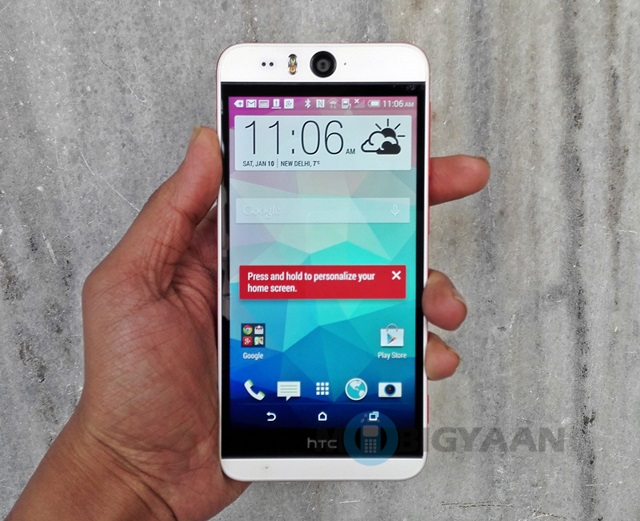
If you are one of those people, who can’t let a day go by without letting people get a whiff of your awesomeness on social networks, the HTC Desire Eye might just be the phone for you. Besides the cams, the HTC Desire Eye comes with a 5.2-inch full HD display, Android 4.4, Snapdragon 401 and a 2400 mAh battery.
The only device that comes to mind when you think about the competition would the Oppo N1, which has a swivel cam. There is stuff like the Micromax Canvas Selfie out there, but it isn’t serious competition for the HTC Desire Eye.
Whether you are an obsessed photographer or just remarkably vain, the HTC Desire Eye is an enticing device. But, is it really worth it or is it just another gimmick like the ones we have seen in the last year? Let’s find out.
HTC Desire EYE specs:
- 5.2 inch display
- 1920 x 1080 pixels resolution
- 2.3 GHz quad core Qualcomm Snapdragon 801 processor
- Adreno 330 GPU
- 2 GB RAM
- 16 GB internal memory
- 13 MP primary camera
- 13 MP front facing camera
- Google Android v4.4 KitKat
- 2400 mAh battery
Hardware
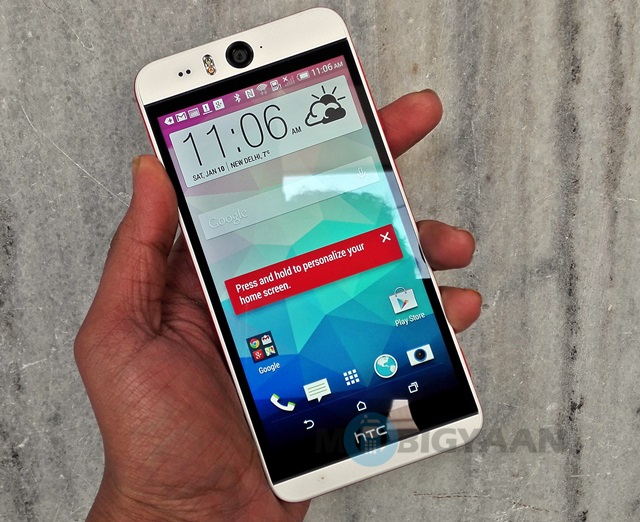
One look at the HTC Desire Eye would remind you of the HTC Desire 820. It has a similar form factor, excepting the cams. The Desire Eye though priced above mid-range, is designed to feel like a mid-range phone. The device looks and feel well, due to its polycarbonate shell. You can run your fingers over it and have a go at it. It won’t feel bad at all. It is what you might call a little flamboyant, but not exactly premium. It is big, just like any other device with its display size. The HTC curved corners make the device fun and easy to hold.
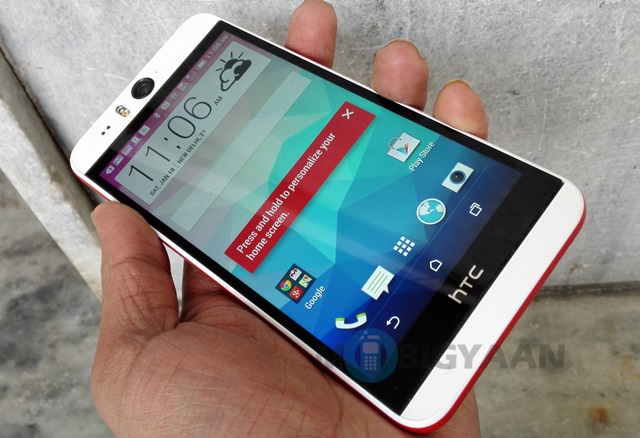
The HTC Desire Eye is IPX7-certified, so it will stand a few splashes of water here and there.
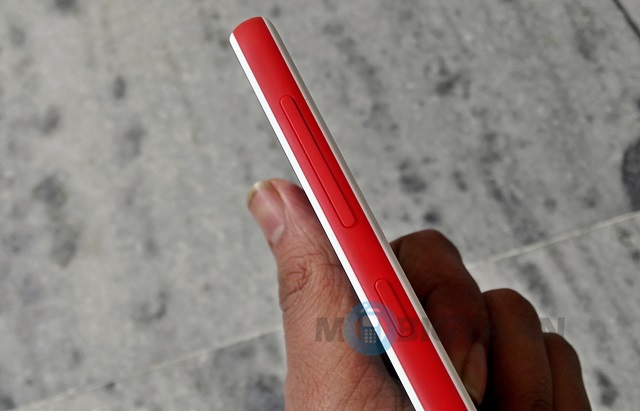
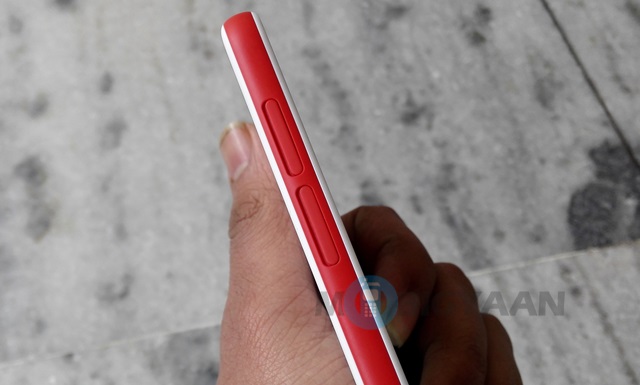
While the volume rocker and power button are located on the right side, the left comes with rubberized clasps covering the MicroSD and MicroSIM slot. The 3.5 mm audio jack is located on the top, while the MicroUSB slot is located at the bottom.
But, there is a lot of stuff on offer if you are looking beyond the form factor.
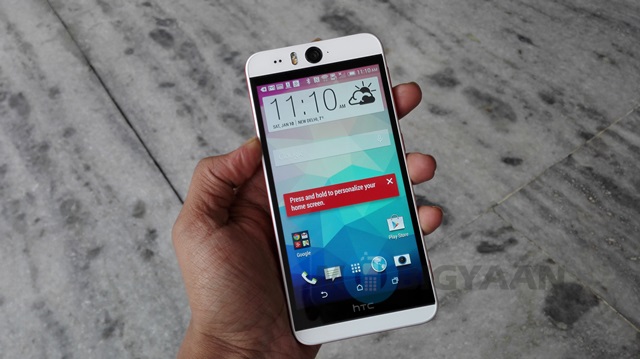
The 5.2-inch display is a treat for the eyes. The general color temperature is cool and the HTC Sense UI too diligently plays its part. The speakers below the display are well-disguised since you won’t recognize them at the first go. Do not expect the HTC One M8 BoomSound experience from it, though it still makes for a decent listening experience.
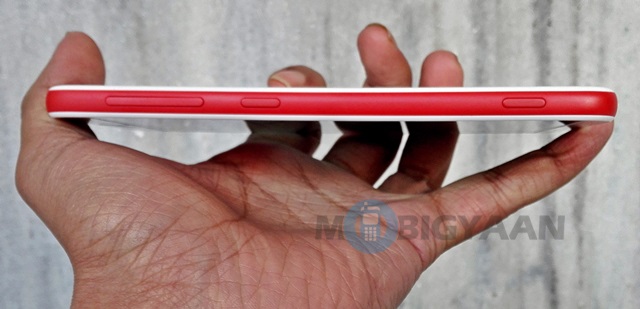
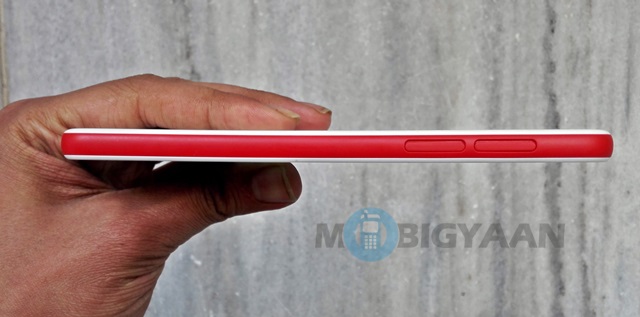
The HTC Desire Eye is a unibody device with a 2400 mAh battery inside. Given the display size, the cameras and the processor, the battery is somewhat okay, though a 3000 mAh battery would have been a better fit. So, it is the optimization that will determine the battery performance. The Snapdragon 801 processor under the hood and 2 GB RAM are the specs you would expect in such a phone.
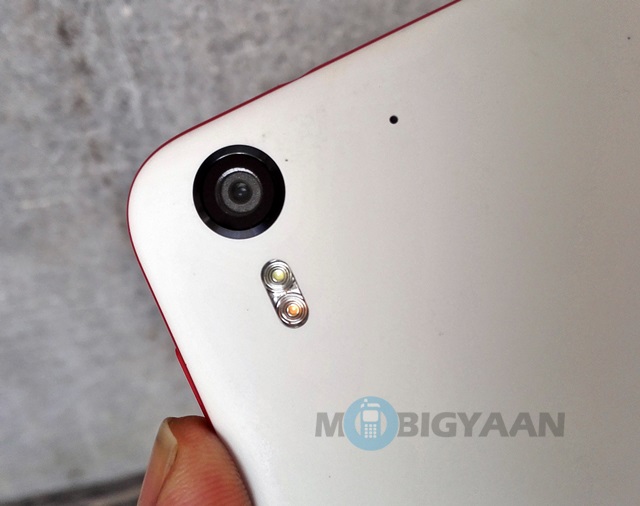
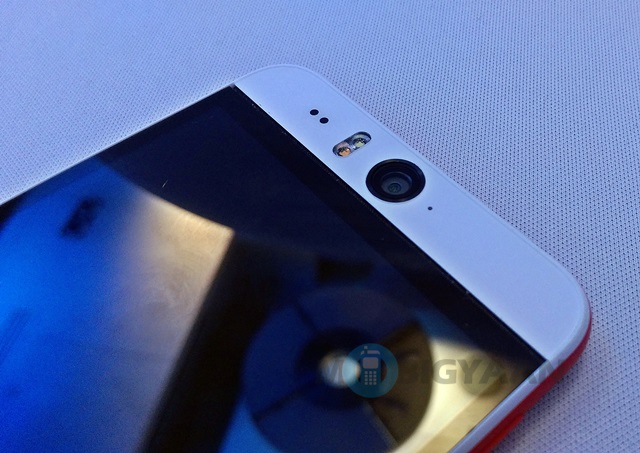
Now, cutting to the chase – the 13-megapixel cams look good. Especially the front cam, which accompanied with the dual LED front-flash makes this phone look premium, different and desirable.
The two-toned device is a little thick and the red one we got for review looked good.
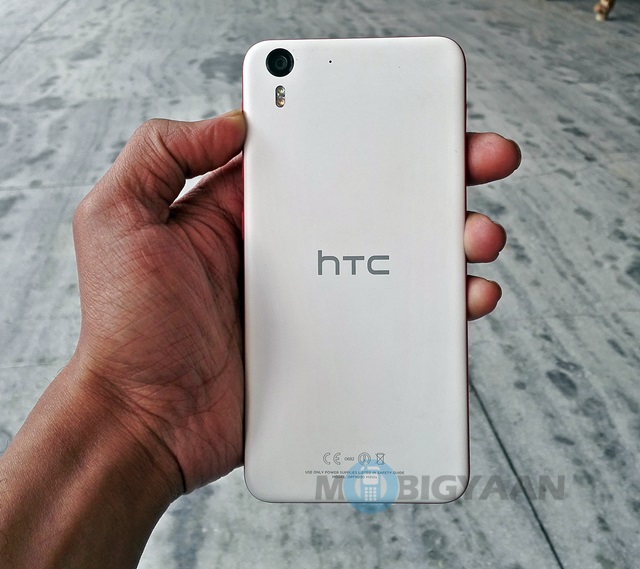
The hardware is not too impressive by any stretch of the imagination, but it is not too bad either. The design is what you would call youthful, but falls short of being premium.
Display
The HTC Desire Eye comes with a 5.2-inch display which lights up pretty well. The full-HD IPS display has a great feel to it. It is easy to handle and easy on the eyes, in the typical HTC fashion. Color reproduction on the display is something that you will fall in love with and heck, I would even rate the display better in some respects than the flagship M8. Sometimes, the dark tones bleed a little, but that is something that you won’t even notice unless you nitpick too much.

The HTC Desire Eye comes with 424 ppi display density, which actually works well. The HTC Sense UI makes this device display immensely appreciable.
Software
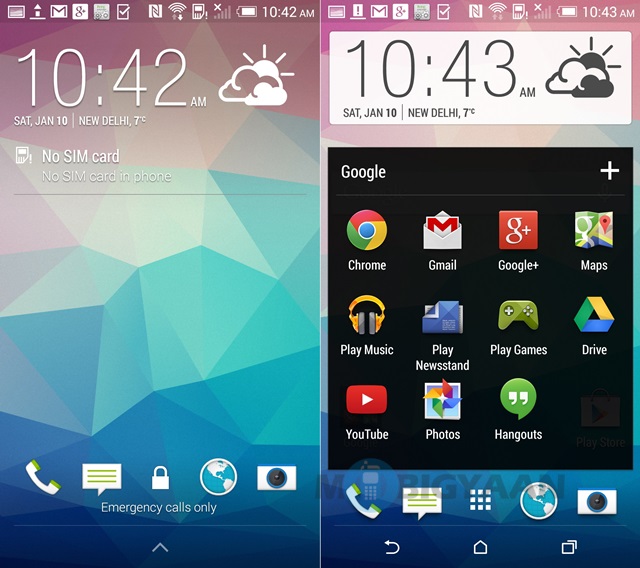
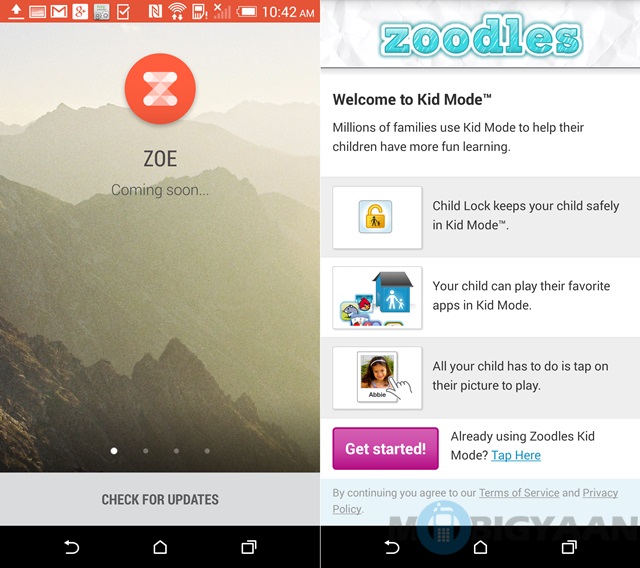
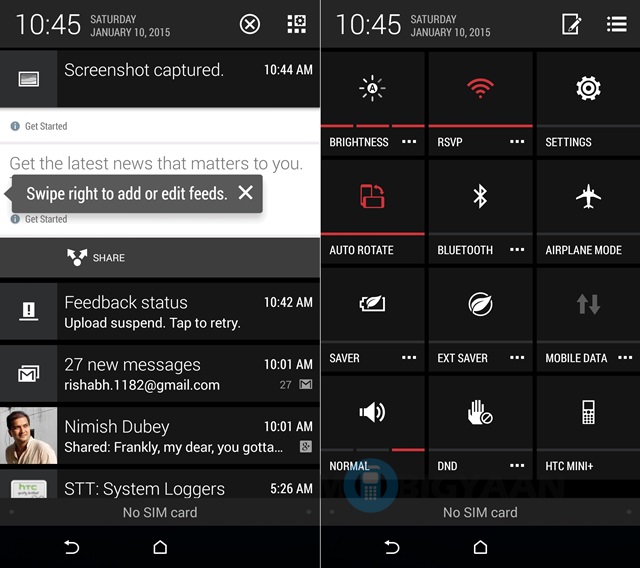
I have already mentioned the HTC Sense UI twice before and in this section, and would again mention it. The HTC Desire Eye is not the only device with Sense 6.0, but definitely makes the best of it. The layout is soft, subtle, stylish and highly responsive. Android 4.4 plays its part alongside the Sense UI. An Android Lollipop update should be out soon of the device, if we go by what HTC claims in its advantage program.
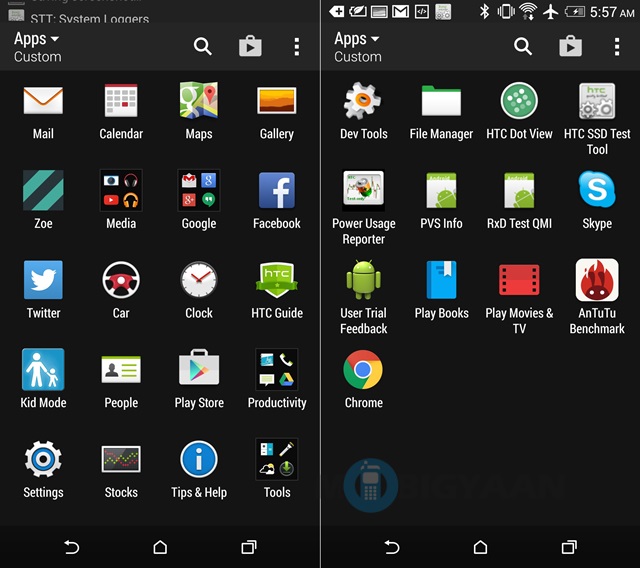
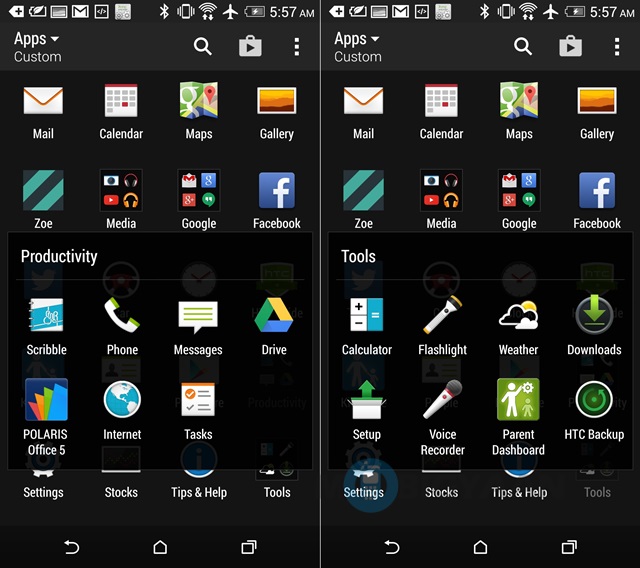
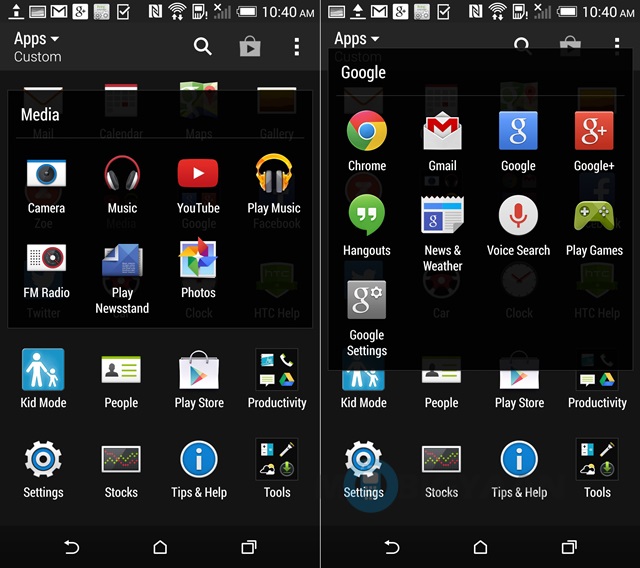
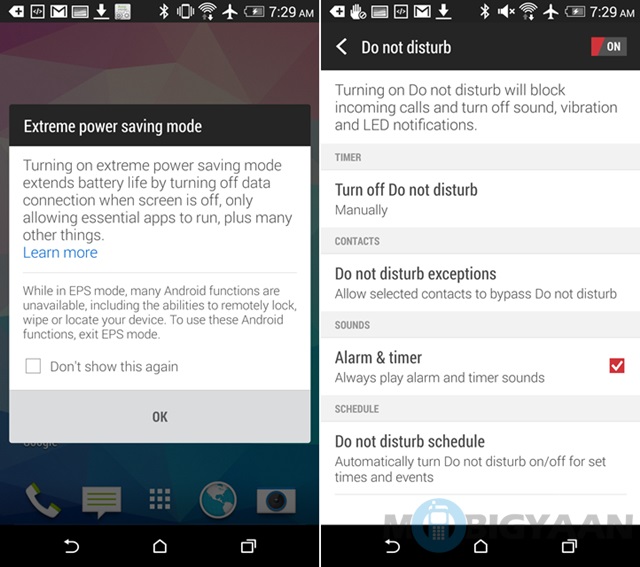
Talking about what the HTC Desire Eye offers in terms of software, the device actually comes with an extreme power saving mode, which works just like the Ultra Power Saving mode on Samsung phones. BlinkFeed works just like it should on this phone. But, just like the One M8, you can also customize your BlinkFeed on this phone. There is also a do not disturb mode, which is becoming a requisite on many phones out there.
The only qualm I have is the 16 GB non-expandable storage on-board, which makes me worried for all my apps and content. Otherwise, everything is mostly fine on the software side.
Camera

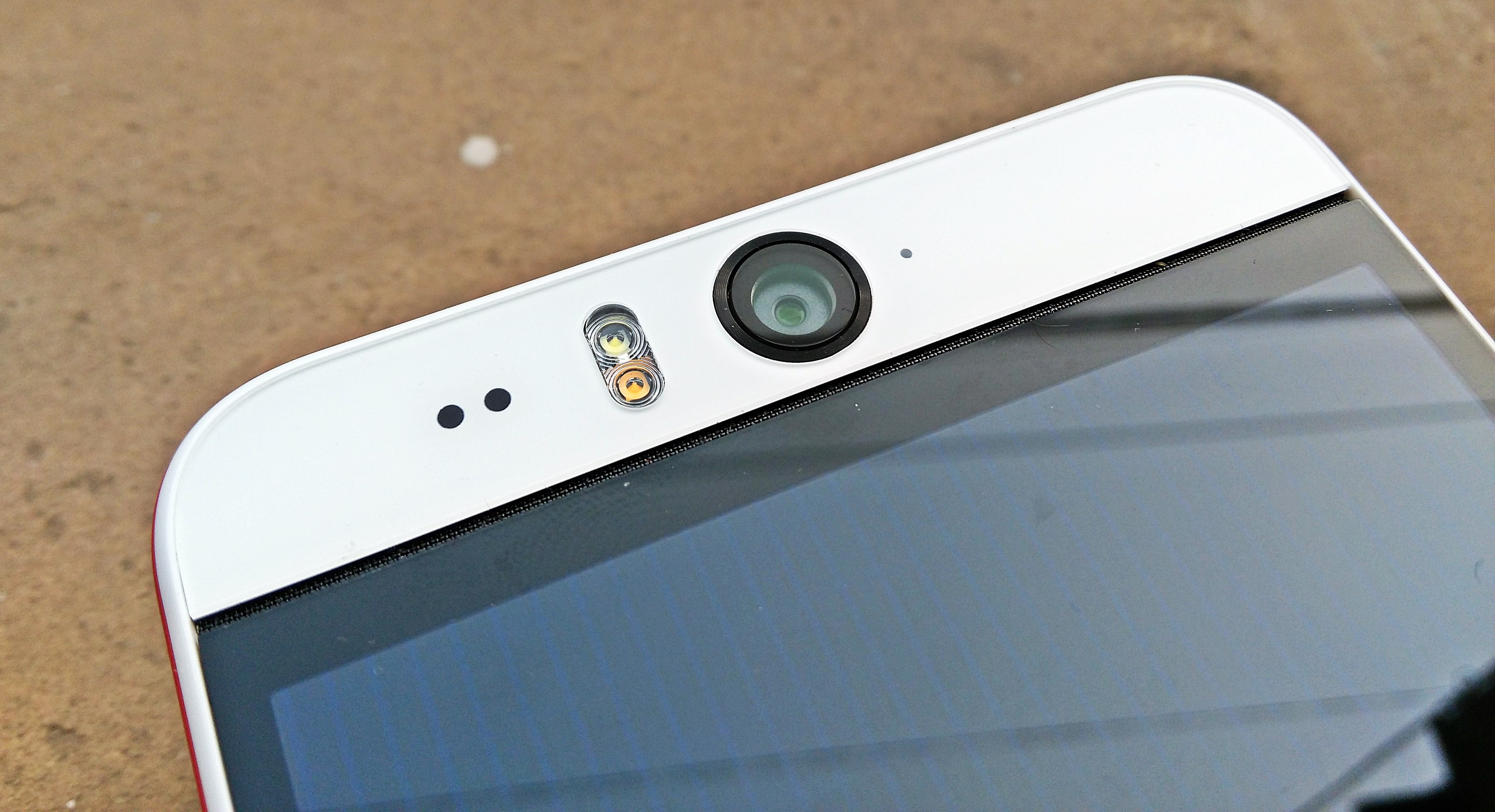
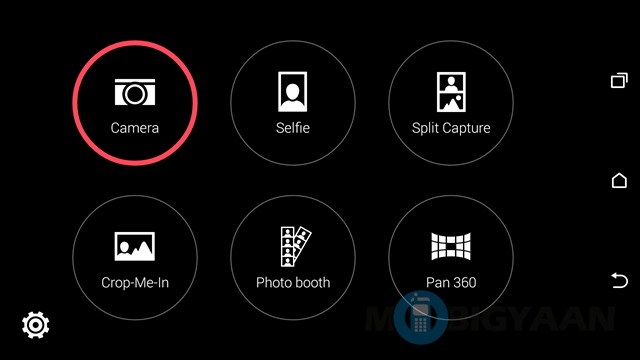
Now, let’s cut to the most important part – the twin cams. The HTC Desire Eye does not have UltraPixel cameras, which would have made it a par-amazing experience. Instead, you get to work with 2 13-megapixel cams.
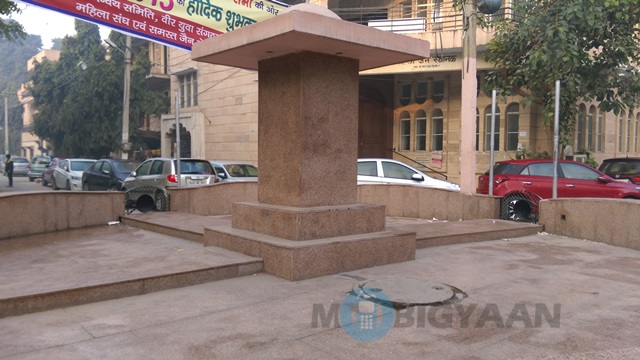
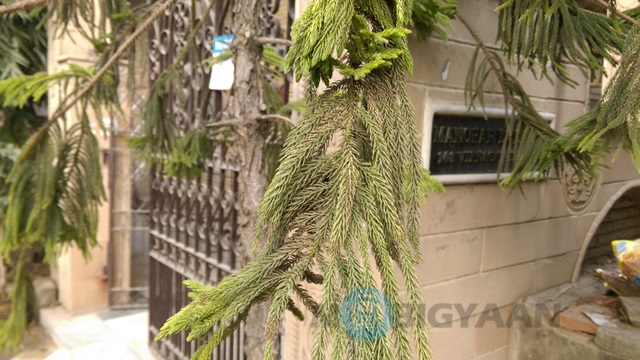

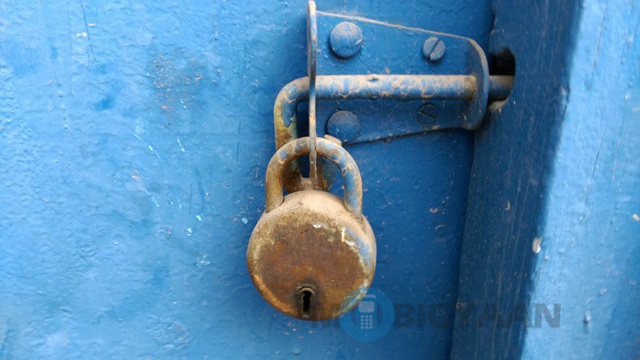


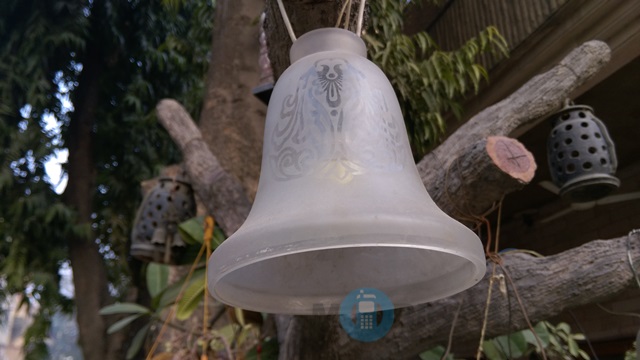
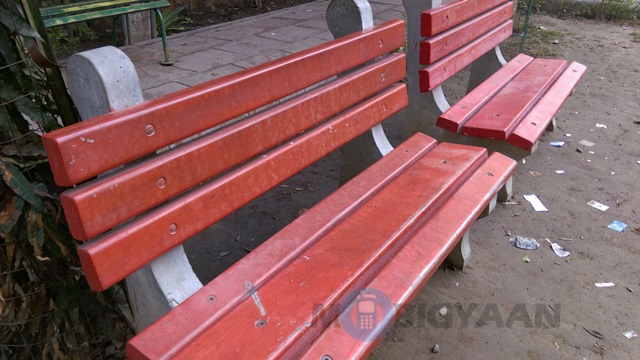
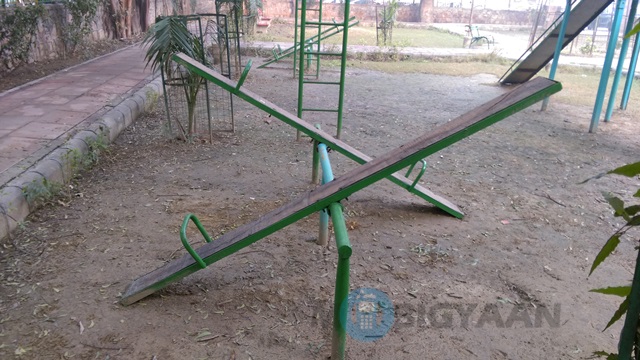
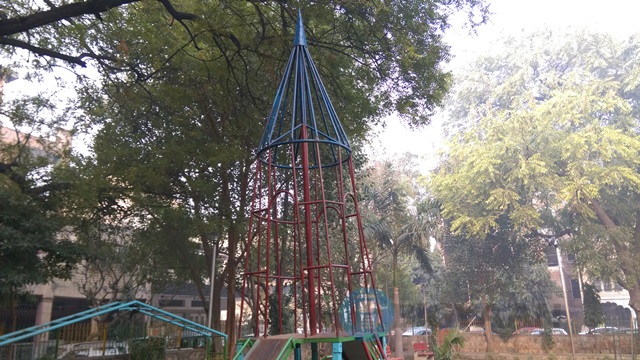
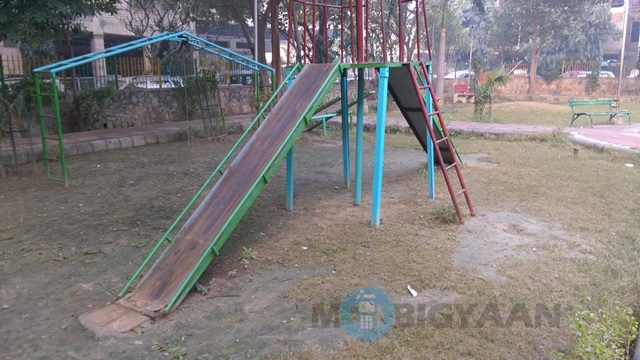
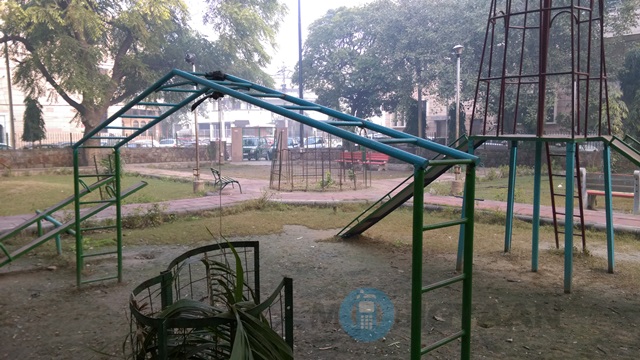

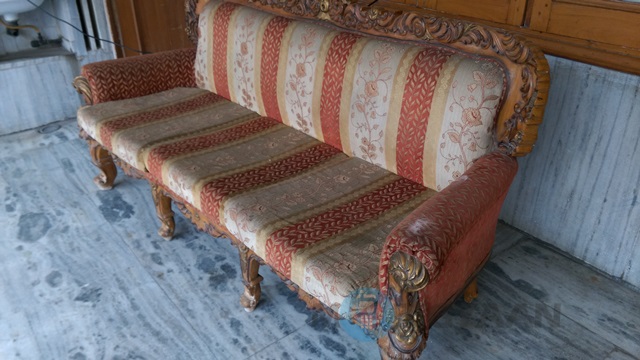


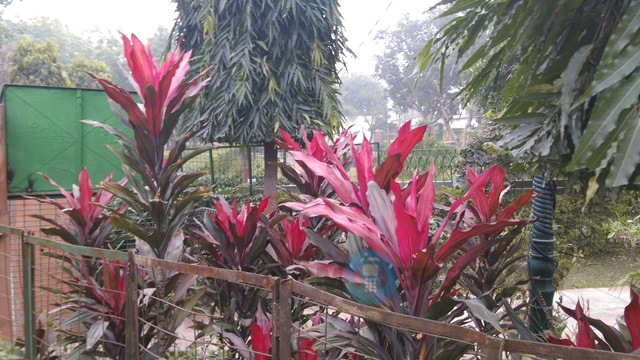
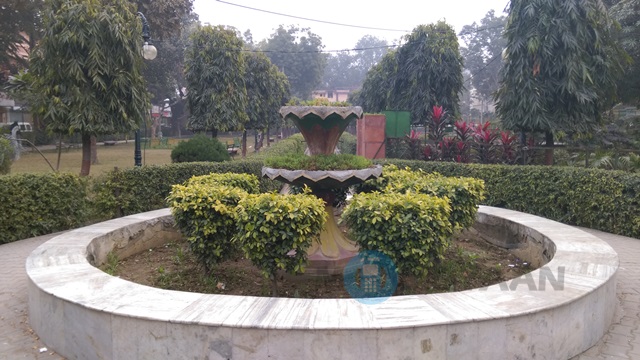
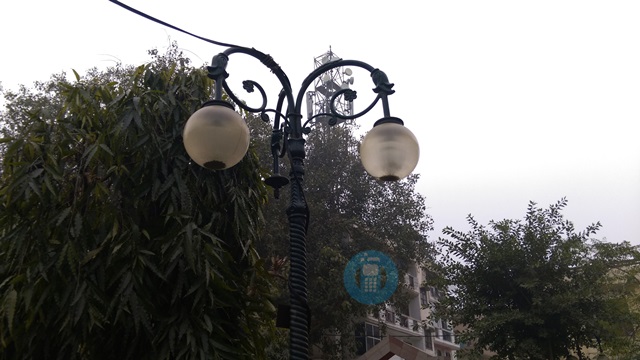

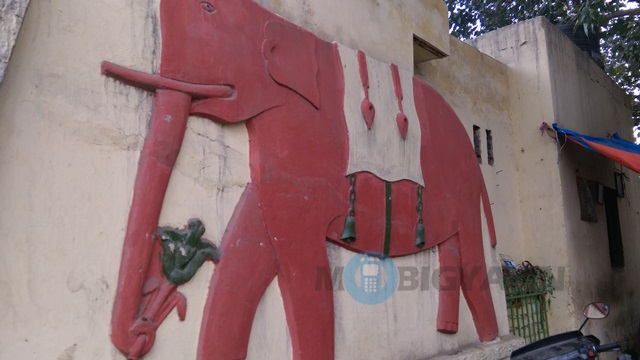
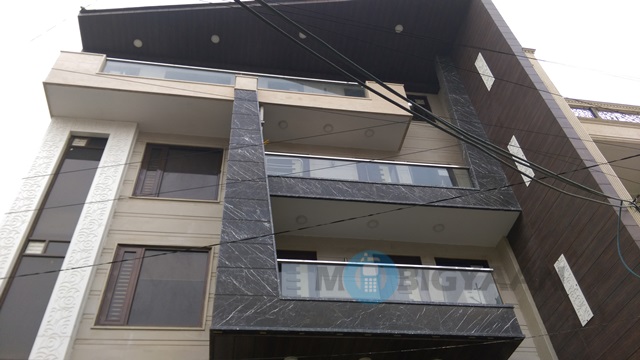

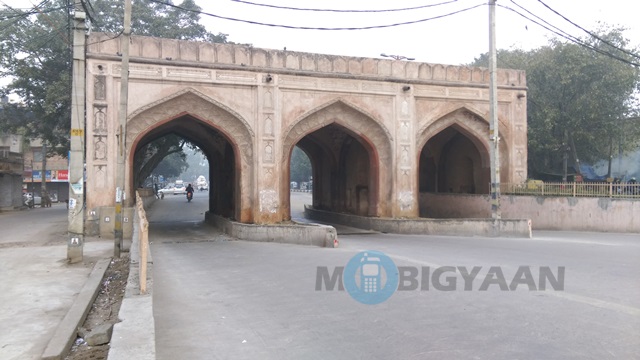

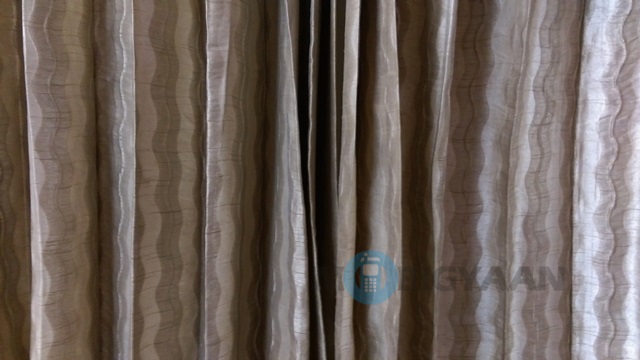
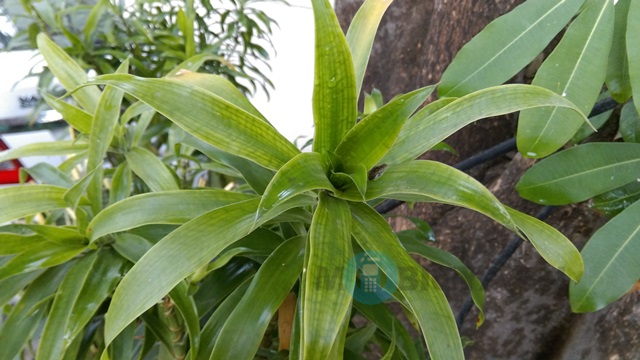
Rear Camera Shots
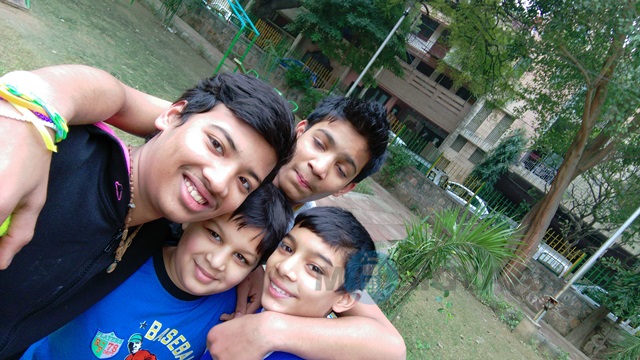
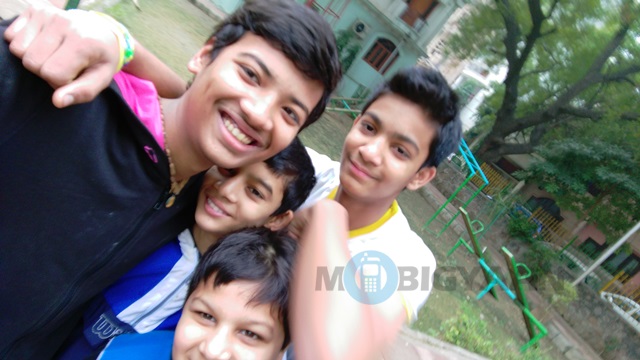
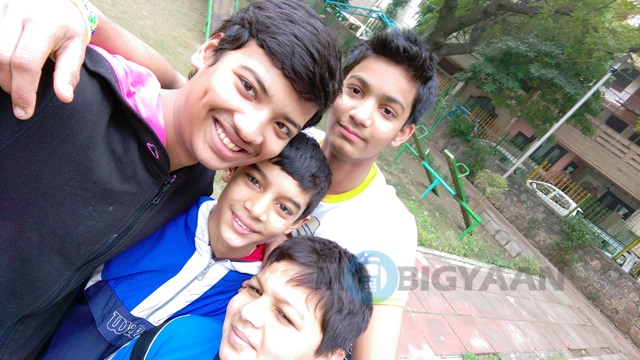
Front Camera shots
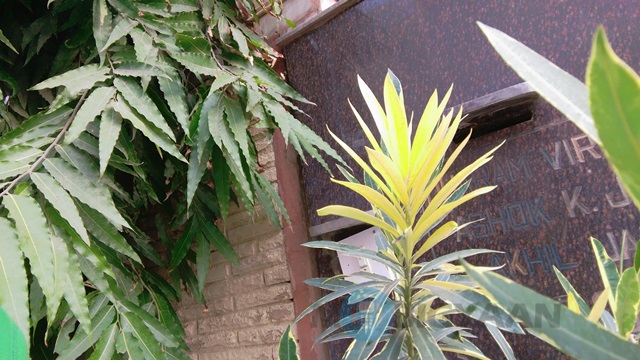
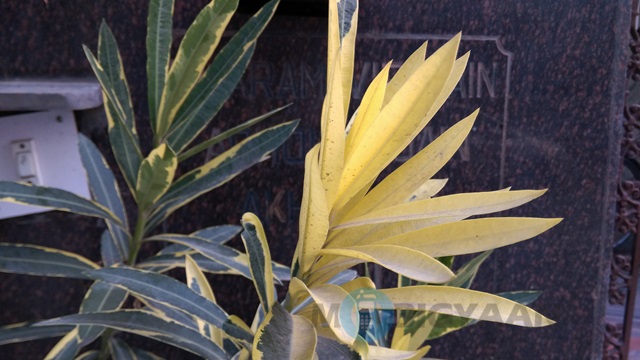
Front/Rear camera comparison shots
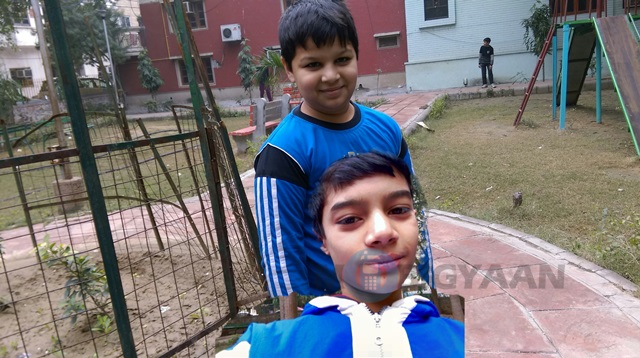
Crop Me In Mode
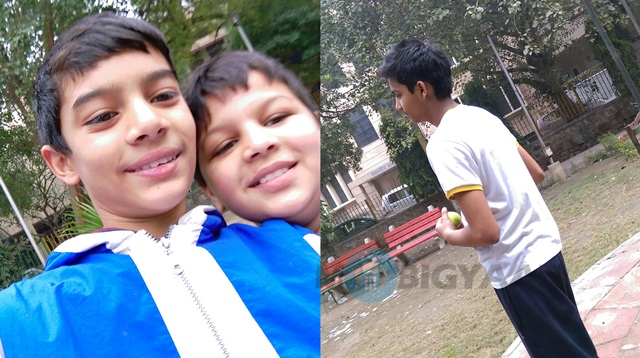
Split capture Mode
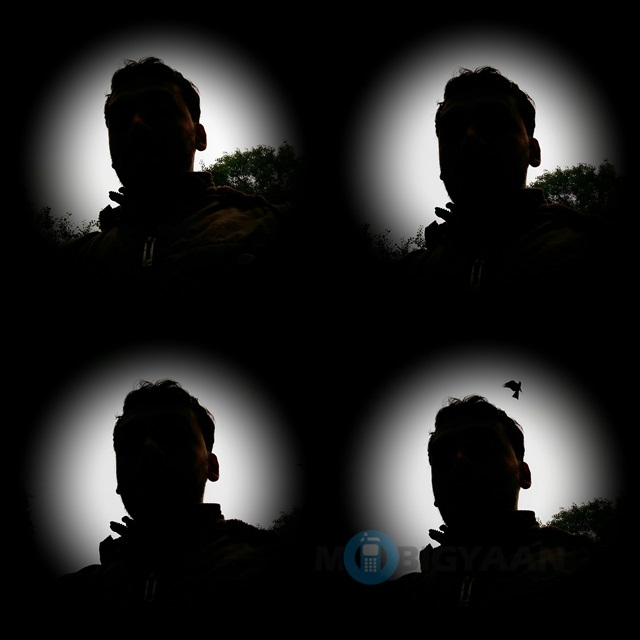
Photo Booth
The cams are good, but just not up to the mark of a phone whose USP is the cameras. The zing factor is just not there. That being said, the cameras are not bad per se, it is just that the fine tuning could have been done a tad bit better, to say the least.
The rear camera possesses a f/2.0 aperture and 28mm lenses. In daylight, the shots were amazing actually. The colors were bang on and the various modes performed well. While the selfie mode is just how it should be, it takes time to adjust yourself to the Crop-me-in and dual-cam modes. That, is not the problem.
The problem actually emerged when I tried to take some shots in dim light, without flash. The shots just didn’t come out right. Neither the shake sensitivity, nor the light capture was right on this part. I shall lay the blame on the sensor HTC used on this phone.
At the very least, an UltraPixel sensor in front would have done this phone a world of good since selfies are the entire point of this phone.
On the upside, once you tweak the ISO settings and start using the HDR mode, you will start to see a difference in the shots. The rear cam has the makings of a good camera, just not the zing factor.
The front cam is something that I liked. Its wide-angle lens just gave me the freedom to click a variety of shots. The dual-LED flash deserves kudos.
HTC has kept the camera software simple and easy to use.
Performance and Battery Life
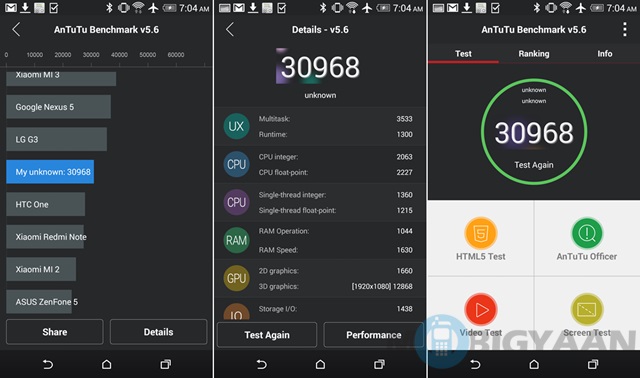
The HTC Desire Eye uses the increasingly popular Snapdragon 801 processor clocked at 2.3-GHz. The 2 GB RAM on-board makes the phone function pretty smooth. The device works well in terms of performance. Whether it is multi-tasking or just regular tasks, the device easily handles whatever you throw at it.
This isn’t a phone made for gaming, but it can handle the regular lot such as Asphalt 8.
The only trouble would be the lack of memory on board, but the 128 GB MicroSD support more than makes up for it. Still, this device might just get a little laggy overtime, since its UI and everything else is on the heavy side.
Verdict
The HTC Desire Eye is the company’s first effort of this kind. In fact, it is the only phone of this kind. The only competition for this phone is the Oppo N1, which offers stuff like the O-Remote. But, in terms of hardware, excepting the camera, the HTC Desire Eye trumps it.
The HTC Desire Eye has some good hardware and software on offer, but it is the cameras, which will determine the fate of this device. Well, that is where HTC has to make a difference.
The HTC Desire Eye is a good phone, but, it doesn’t eventually become what it could have been. The phone is great, the concept is great, but the execution not so much, which doesn’t justify the price tag, especially with so many Snapdragon 801 phones out there.

